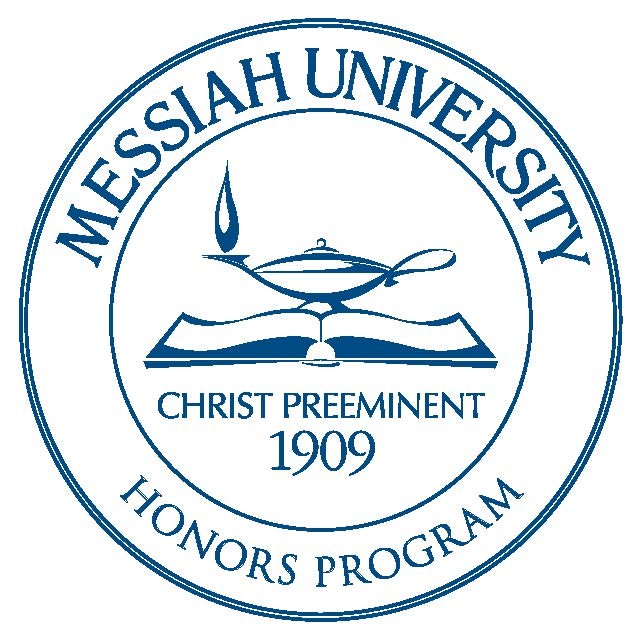Date of Award
Fall 12-2018
Document Type
Thesis
Degree Name
Bachelor of Science (BS)
Department
Chemistry and Biochemistry
First Advisor
Dr. Alison Noble
Abstract
Self-assembled monolayers (SAMs) are a spontaneously formed, organized, single layer of organic molecules adsorbed onto a surface. SAMs have many applications, one of which is in the development of biosensors. In the current work, polydimethylsiloxane(PDMS) stamps were utilized to microcontact print fluorescein tagged 11-amino-1-undecanethiol SAMs onto zinc selenide thin films. Initial experiments were run using non-tagged 11-amino-1-undecanethiol hydrochloride to determine an alkanethiol concentration for microcontact printing. A 0.3 mM concentration resulted in successful microcontact printing on both ZnSe and gold thin films and a pattern was visualized using steam imaging at a macroscopic level. The formation of self-assembled monolayers was confirmed by contact angle goniometry, with angles changing from 24.9(±1.8)º to 39.7(±2.1)º for ZnSe films and 46(±4.4)º to 61(±2.6)º for gold films. Microcontact printing using a 0.3 mM concentration of 1:9 fluorescein tagged 11-amino-1-undecanethiol to non-tagged 11-amino-1-undecanethiol resulted in a pattern initially visualized under a fluorescent microscope. After an ethanol rinse, the pattern was no longer observed. Steam imaging was inconclusive due to a poorly visualized pattern and contact angles changed from 19.8(±5.3)º to 48.6(±5.6)º.Additional experiments are required to determine the cause for the observed loss of a fluorescent pattern after rinsing with ethanol. Future work utilizing this procedure will enable the formation of patterned, functionalized SAMs which can be used in developing biosensors for disease detection.
Recommended Citation
Mantsevich, Juliya, "Adsorption of Fluorescently Tagged Self-Assembled Monolayers onto Zinc Selenide Thin Films through Microcontact Printing" (2018). Honors Projects and Presentations: Undergraduate. 37.
https://mosaic.messiah.edu/honors/37


